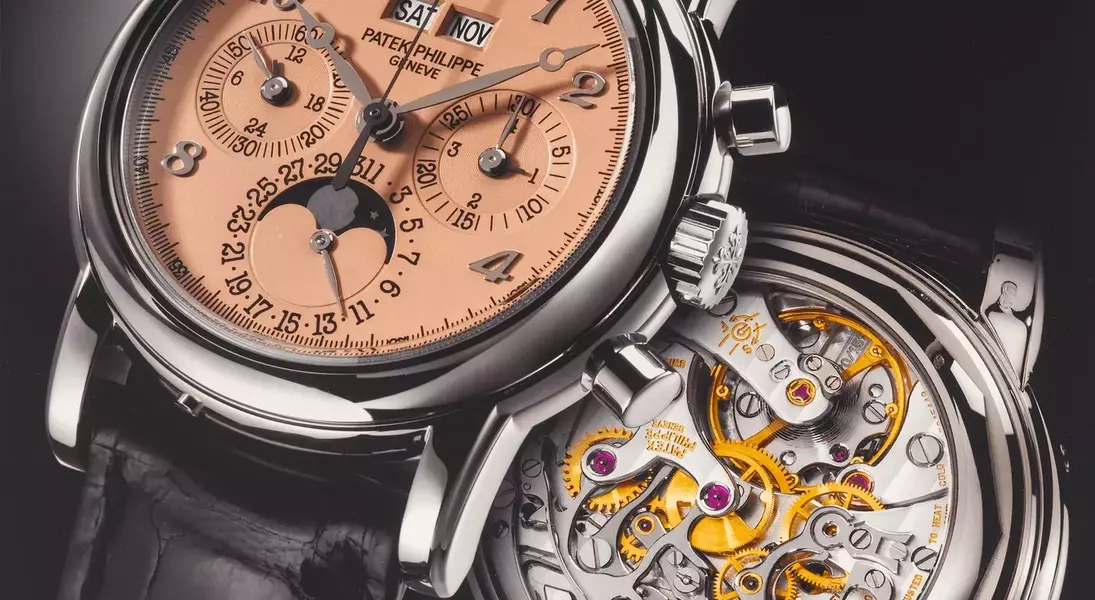





Redefining Luxury: How Auctions are Captivating a New Generation of Collectors
A Surge in High-Value Sales Signals Market Dynamism
Recent high-profile auctions underscore the robust health of the luxury market. Christie's successfully sold the Shah Jahan emerald for a remarkable $830,000, far exceeding its initial valuation. Similarly, Phillips achieved $3.6 million for the Vanderbilt Kashmir sapphire, and Sotheby's set a new benchmark with Napoleon's diamond brooch fetching $4.4 million. These figures reflect a thriving sector, with Christie's reporting a 29% year-on-year increase in luxury sales and Sotheby's luxury sales growing from 14% to 37% of its total revenue over the past few years, highlighting a sustained upward trajectory.
Attracting a Younger Audience: The Strategic Shift
Auction houses are actively engaging a younger demographic, with notable success. Sotheby's reports that a third of its clientele in watches, handbags, and spirits are under 40. Phillips has seen a 56% increase in Gen Z and millennial participants in jewelry auctions over the last five years. Christie's data for 2025 shows a significant rise in millennial and Gen Z bidders and buyers, both male and female, indicating that efforts to attract this demographic are yielding substantial results. This demographic shift is pivotal to the market's current expansion.
Diversifying Offerings: Beyond Traditional Art
The expansion of merchandise is a key factor in attracting new buyers. Auction houses are moving beyond conventional fine art and jewelry to include a broader spectrum of luxury items such as rare sneakers, sports memorabilia, fine wines and spirits, classic automobiles, and haute couture. This diversification, spanning various price points, makes auctions more accessible and appealing to a wider audience, including those new to collecting. Sotheby's 'buy-now' marketplace, for example, offers items ranging from a Bella Freud T-shirt to an Hermès costume bracelet, illustrating the breadth of its contemporary offerings.
The Role of Brand Legacy and Craftsmanship in Attracting Discerning Buyers
The enduring cultural investment by iconic luxury brands like Cartier, Van Cleef & Arpels, and Bvlgari plays a crucial role in elevating auction items to 'art' status. Through museum exhibitions, these brands reinforce the heritage and craftsmanship associated with their pieces. This cultural cachet, combined with rising prices for new luxury goods, has led consumers to prioritize quality, provenance, and long-term value, driving them towards auctions for items that embody "real luxury" through their rarity and intricate workmanship, as noted by industry experts.
Digital Innovation and Client Engagement: Meeting Customers Where They Are
Auction houses are heavily investing in digital platforms and client relationships. Phillips leverages high-quality editorial photography and educational video series for social media, while Christie's hosts live auctions on TikTok. Sotheby's encourages specialists to build online followings, resulting in millions of social media subscribers. These digital strategies, accelerated by the pandemic, have transformed casual online browsers into active bidders, making auctions more approachable and less intimidating for a new generation of collectors. Industry leaders emphasize that this digital evolution has been a "game-changer" for reaching diverse audiences.
Cultivating Community Through Experiential Events and Storytelling
Beyond digital engagement, auction houses are fostering strong communities through unique experiential events. Sotheby's recently organized Rolliefest for Rolex collectors and hosts private dinners where clients can interact with valuable jewels. These events emphasize connoisseurship and knowledge sharing over mere transactions, appealing to younger buyers who value authentic human interactions and compelling narratives. Max Fawcett of Christie's highlights that "storytelling and provenance are key" for Gen Z, as they seek to understand the journey and uniqueness of each piece, underscoring the shift towards a more connected and informed collecting experience.
